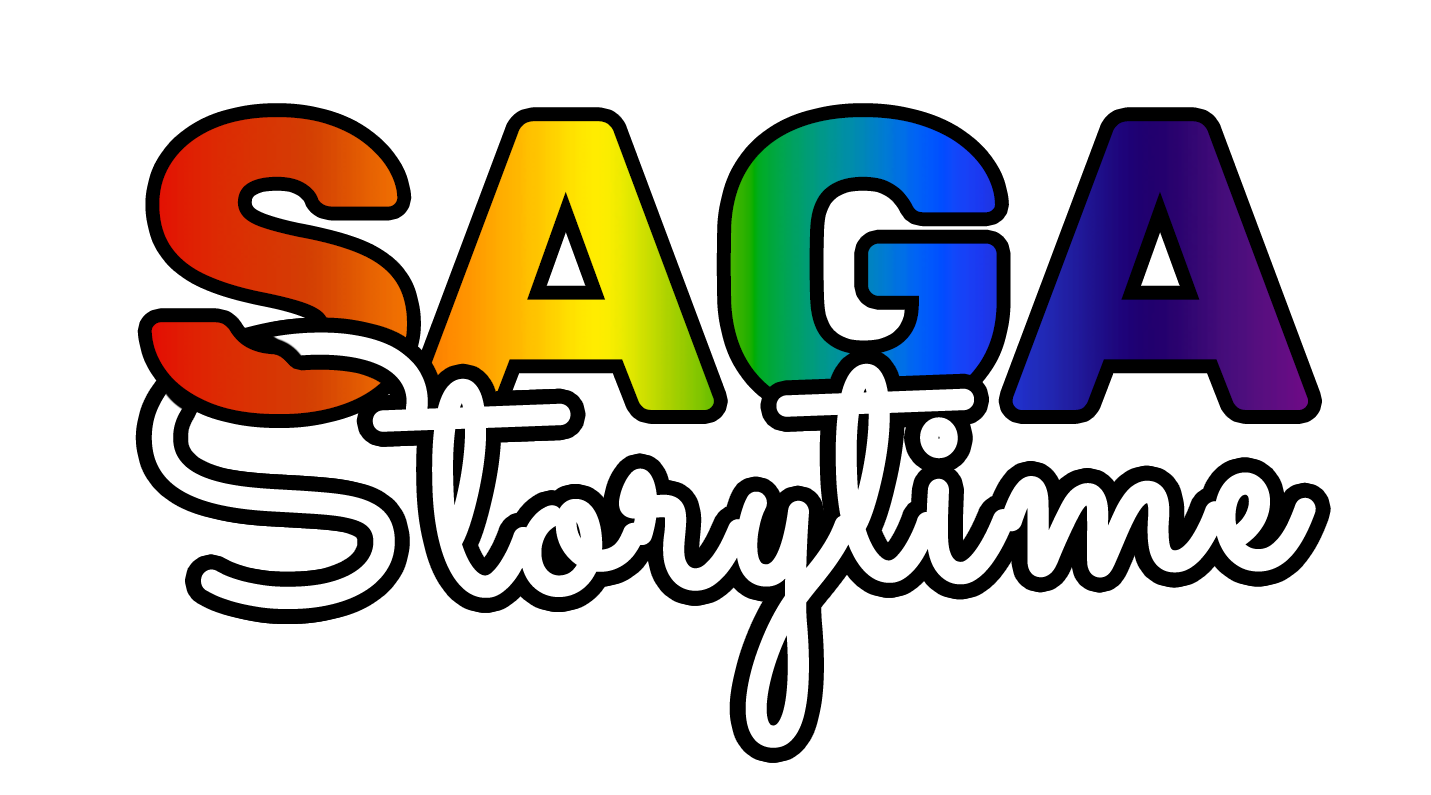
When it comes to teaching phonics to toddlers, less is more — and play is everything. At age two or three, your child’s brain is like a sponge, soaking up sounds, rhythms, and words through daily interactions. But formal lessons aren’t the goal yet. The secret? Turning phonics into fun, everyday play.
🧠 Why Phonics Matters So Early
Phonics is the connection between letters and the sounds they make — the foundation of reading. According to early literacy experts, most children can begin recognizing sounds in words long before they can identify letters on a page.
Between ages 2 and 3, toddlers are:
-
Expanding vocabulary rapidly (often learning several new words each day).
-
Developing the ability to hear and mimic different sounds.
-
Building the fine motor skills needed later for writing.
That makes this stage perfect for sound play, rhyming, and letter exposure — not worksheets or drills.
🎵 Step 1: Start with Sounds, Not Letters
Instead of teaching “A says ah,” start with real-life sounds your child can hear and repeat.
Try:
-
Pointing out beginning sounds in everyday words (“B is for ball! Buh-buh-ball!”).
-
Playing with animal sounds (“What sound does a cow make? Mmm-mmm! That’s the M sound!”).
-
Singing rhyming songs like Twinkle Twinkle Little Star or Down by the Bay — repetition builds awareness of patterns in words.
👉 The goal: Help your child hear the sound before they ever see the letter.
🧩 Step 2: Make It Hands-On
At this age, learning happens through touch, sight, and sound. Use multi-sensory play to help phonics stick.
Try these fun ideas:
-
Alphabet magnets: Say the sound while your child touches the letter.
-
Sensory bins: Hide foam letters in rice or beans and say the sound when they find one.
-
Phonics coloring pages: Have them color foods or objects that start with a certain letter (like B for banana). We’re creating a whole set of fun coloring pages just like this — and we’ll share them with our Newsletter family as soon as they’re ready!
🚌 Step 3: Connect Letters to Their World
Toddlers learn best when new ideas connect to things they already love.
If your child adores vehicles, animals, or nature— use it!
-
“B is for bus!” (then point to a real bus or your Secret Adventures of the School Bus book!)
-
“C is for cheese!” during snack time.
-
“S is for sun!” when you’re outside.
Everyday moments become teachable moments when you slow down and add sound to play.
💛 Step 4: Keep It Positive and Playful
At this stage, phonics isn’t about memorization — it’s about building joy and curiosity around language. Celebrate every sound they notice or word they say correctly. Praise effort, not perfection:
“You heard that ‘buh’ sound! Great listening!”
A few minutes of phonics play sprinkled throughout the day is more effective (and fun) than long “lessons.”
📚 Step 5: Read, Repeat, and Relate
Reading aloud is still the best phonics tool there is. Choose rhyming books, alliteration stories, and repetitive text that emphasize sound patterns.
Shameless plus alert! The Secret Adventures Series does exactly that — using rhythmic language, fun vehicle characters, and color-based themes to make early phonics learning part of story time, not school time.
🌟 Final Thoughts
Teaching phonics to your 2–3-year-old isn’t about flashcards or drills. It’s about listening, laughing, and learning through play. Every silly song, story, or sound imitation is helping build the foundation for reading success later on.
So, grab a book, sing a rhyme, or talk about the “buh” in banana — and let learning unfold naturally.
